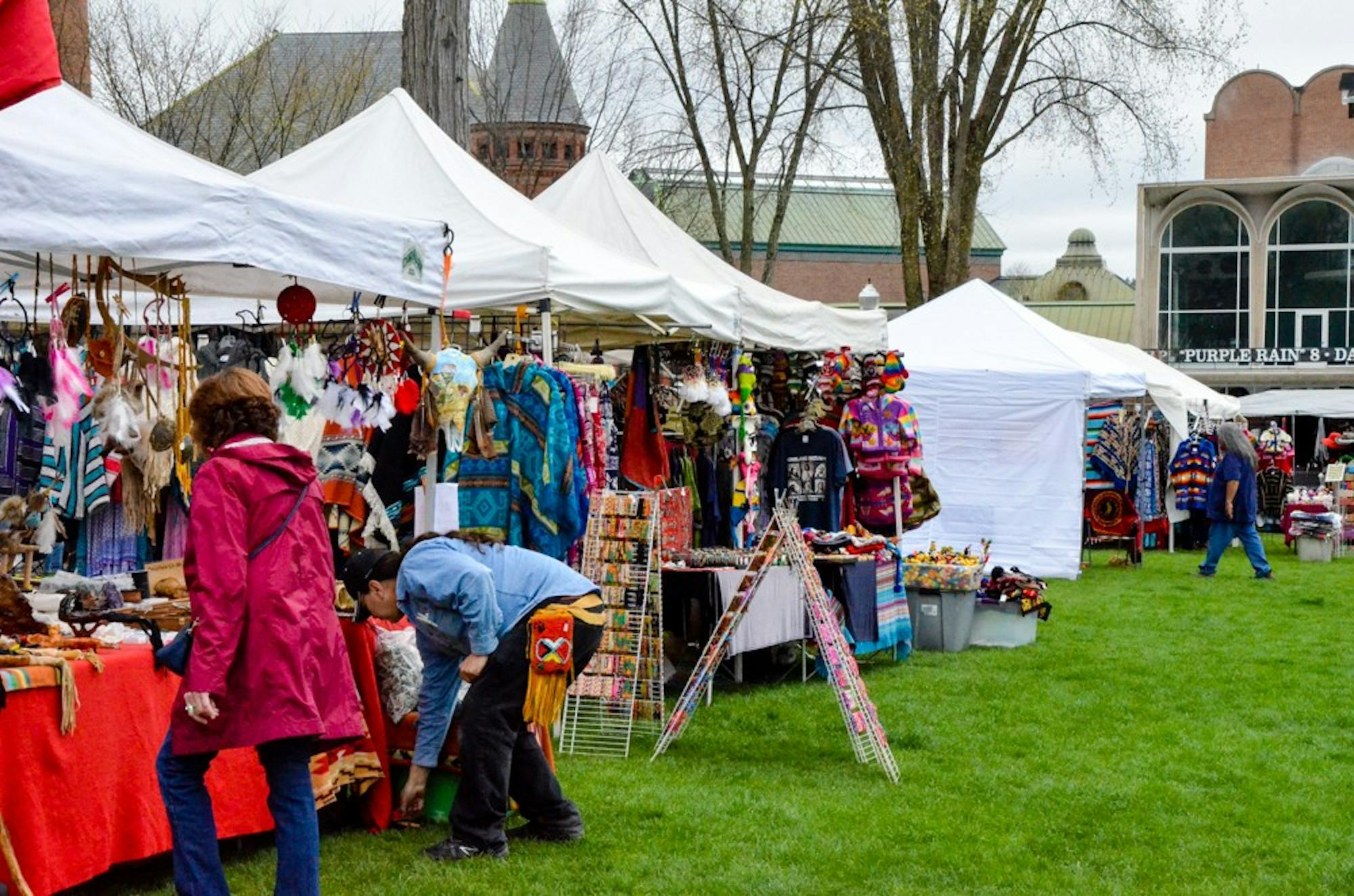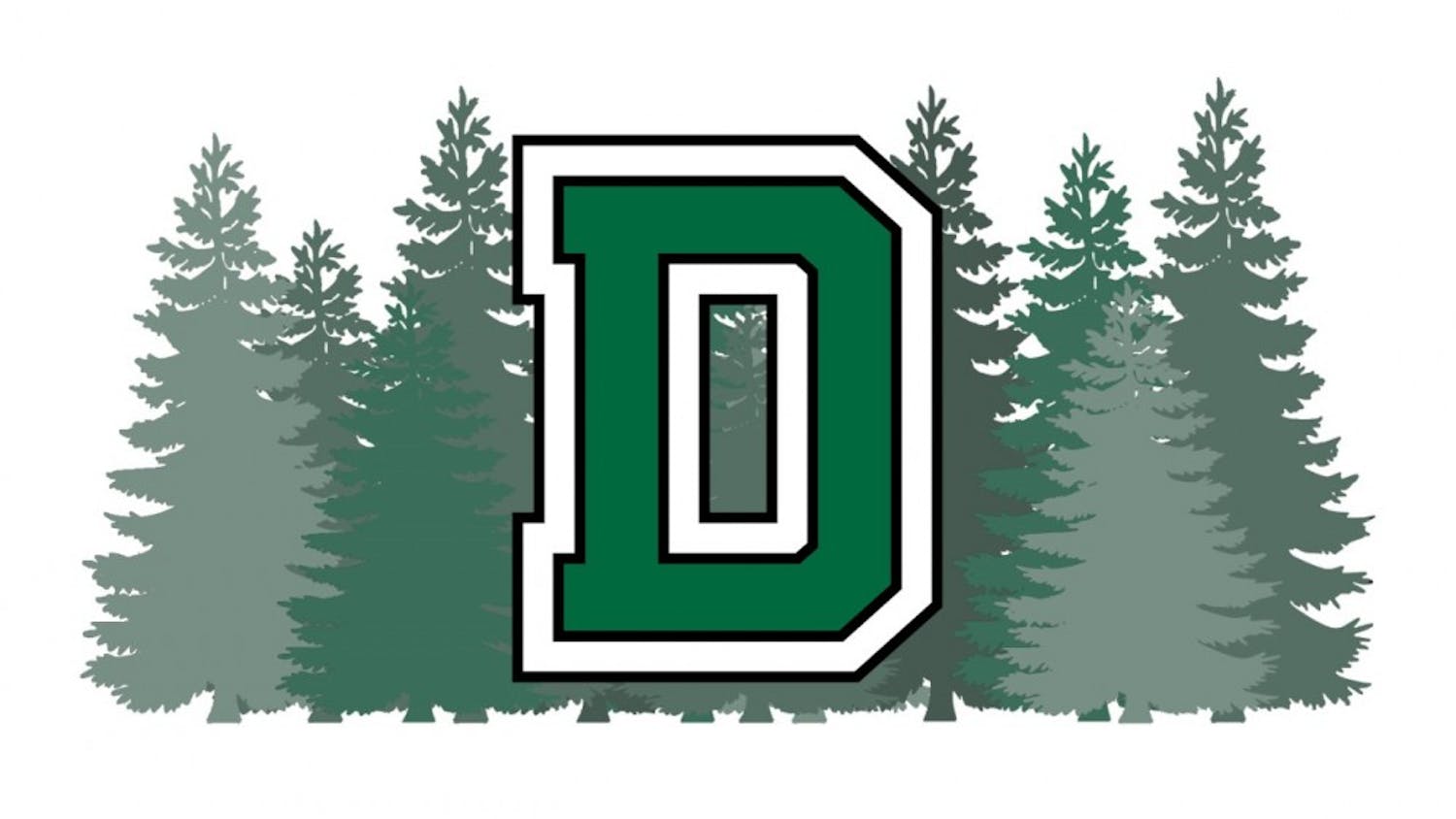This article is featured in the 2019 Homecoming special issue.
A large part of the history of Dartmouth College is rooted in its relationship to the Native American community. According to Colin Calloway, professor of history and Native American studies, the College was established as an institution by Eleazar Wheelock to educate Native Americans. As written in his book, the “History of an American Institution,” the College’s relationship with the Native American community throughout history is complex.
During the first 200 years of the College’s existence, a total of 19 Native American students graduated from Dartmouth. This number gradually increased over the years as the College reaffirmed its charter, which states that the purpose of the College is to educate and instruct youth of Native American tribes. According to Michael Dorris, the founding chair of Dartmouth’s Native American Studies Program, College “finally committed itself to Native education in a meaningful way” in 1971.
Over the years, the Native American program, Native American studies and Native American students group have continued to develop at the College.
According to Calloway, NAP was first founded in 1970 by then-President John Kemeny to support the students it attracted. Now, NAP is approaching the 50th year of its existence. Over the years, NAP has grown in response to student demands. Before Sarah Palacios became the director of the program in August 2018, there was never a full-time position.
Hiring a full-time director of NAP has allowed greater stability in the program, according to Onaleece Colegrove ’20, co-president of NAD.
Under the guidance of Palacios, NAP established a renewed focus on programs that had the highest impact. According to Palacios, the program has a solid mission to support the academic wellbeing of students at Dartmouth through four pillars: academics, wellness, community engagement and personal or leadership development.
“Sarah has brought more of a clear mission to the program with her four pillars,” said Elsa Armstrong ’20, co-president of the Native Americans at Dartmouth. “They weren’t laid out in the same way before ... [and] she has been more transparent about NAP’s role and working with students to see what works.”
Palacios recently submitted a proposal to see if the history of Dartmouth and Native Americans could be discussed during orientation.
“Many Native and indigenous students were hearing from classmates that many of them did not know that Dartmouth has a history as it relates to natives,” Palacios said. “It is very important to provide that context and more understanding of the history.”
According to Calloway, apart from NAP, the Native American studies program was established in 1972. Native American studies began with a single professor teaching two classes and has evolved since then to include seven faculty members.
Currently, Dean of the College Kathryn Lively is pushing for Native American studies to become its own department in response to student and field growth, according to Calloway. Native American studies now has more than 500 students and at least 15 majors. The field itself is developing a new focus on indigenous nationhood, sovereignty, and contemporary issues.
Last spring, Mae Hueston ’86 and John Hueston ’86 endowed the Mae and John Hueston Distinguished Professorship in Native American Studies. The donation will be used to hire and establish a scholar who places Native American studies in a broader context to focus on how indigenous people are relating to the world.
Various events, such as the annual Dartmouth Powwow and Native American Food Sovereignty Dinner at the Class of ’53 Commons, serve to increase visibility of Native American culture to the larger Dartmouth community. For the first time this year, planning is underway for an event calling attention to the Missing and Murdered Indigenous Women and Girls movement, which raises awareness about the epidemic of violence Indigenous women are facing.
According to Armstrong, there is also a new focus on making the community open to all students who identify as indigenous, such as native Hawaiians.
“There are conversations about including the word ‘indigenous’ to be more inclusive and more representative,” Armstrong said.
According to Calloway, the vision of the department is to help to make Dartmouth more outward-looking in its relation to Native Americans.
“The College can do a lot more by being actively engaged with native communities in the work of mutual concern ... as the world is changing, it is important to adapt to the way indigenous people are relating to the world,” Calloway said.




